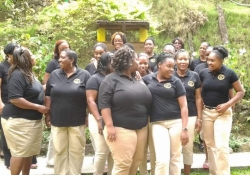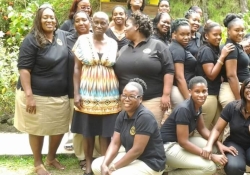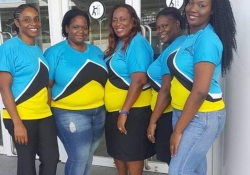Though the Zika Virus is not yet in St. Lucia there has been a flurry of activities meant to reduce the effect of the disease once it reaches here.
The Ministry of Health have ramped up its drive to educate the public on the virus and has given advice on how to reduce the threat of the disease spreading. These drives center around the virus’ vector(carrier) which is the Aedes Aegypti mosquito.
Though most of the focus on the effects of Zika have been aimed at the the effect it is believed to have on unborn infants(microcephaly) there is another suspected symptom that is just as serious that can affect grown adults and children who get the disease. This effect is a rare syndrome referred to as Guillain-Barré Syndrome that has been on the rise in areas where Zika is rampant.
Guillain-Barré Syndrome is described as a rapid-onset muscle weakness as a result of damage to the peripheral nervous system. Many experience changes in sensation or develop pain, followed by muscle weakness beginning in the feet and hands. The symptoms develop over half a day to four weeks and can be fatal if the person affected does not get proper treatment.
The link to Zika and GBS was developed as a result of a massive increase in cases of the syndrome in areas affected by the mosquito-borne illness. Even with this however the disease affects only a tiny portion of those who contract the Zika virus; Columbia for example has seen over 20,000 cases of the Zika virus but has only witnessed 41 cases of GBS so far. This is in comparison to the 4,000 cases of microcephaly in Brazil where over 21,000 people are known to have been infected by the Zika virus.
Research is still on going to confirm whether or not the rise in microcephaly and Guillain-Barré Syndrome are linked to the Zika virus.








